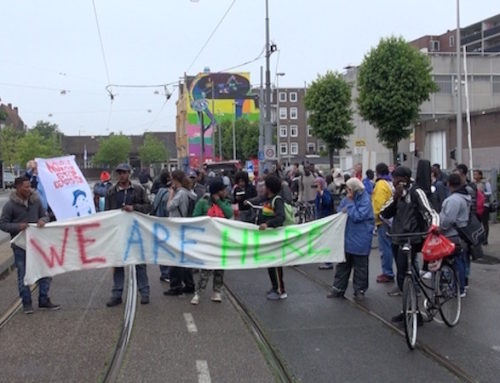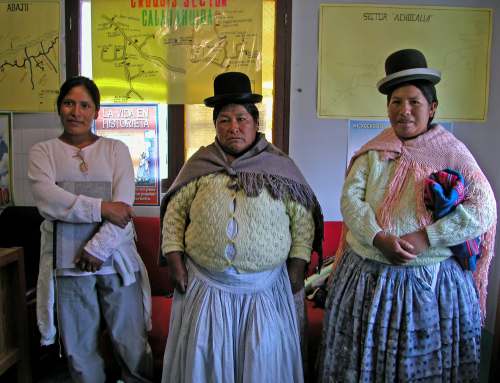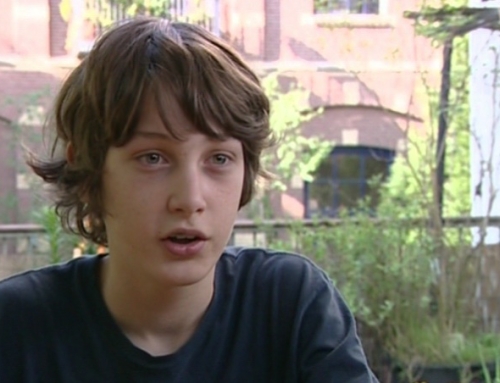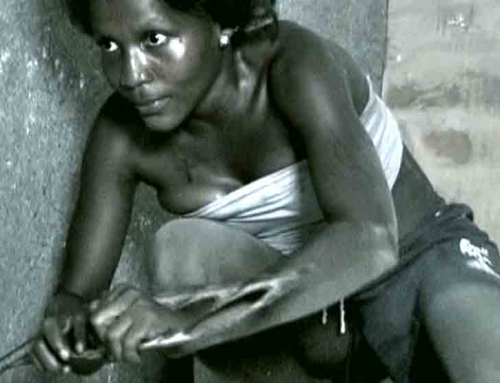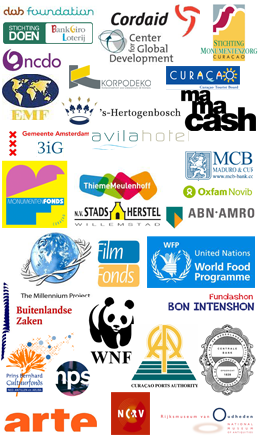A film that brings the value of this UNESCO World Heritage Site to light
The film features unique archival footage, aerials and vibrant Caribbean music.
Unique urban architecture in the Carribean
Faces of a City, Willemstad Curacao is a stunning portrait of multiculturalism and unique urban architecture in the Carribean (former Dutch West Indies).
The history of Willemstad, Curacao, an island just off the coast of Venezuela, reads like a storybook: centuries of colonial domination, looting and slavery, Dutch mercantile spirit and the development of trade.
What is its identity? What is the “true” face of this city? This documentary takes a stab at this question.
The historic area of Willemstad was awarded the World Heritage status in December 1997
The World Heritage Bureau mentioned:“The historic area of Willemstad is a European colonial ensemble in the Caribbean of outstanding value and integrity, which illustrates the organic growth of a multicultural community over three centuries and preserves to a high degree significant elements of the many strands that came together to create it.”
Willemstad, Curacao is a fascinating melting pot with a colonial origin
Willemstad developed on both banks of Sint Anna Bay, which forms the narrow entrance to the sheltered inland bay of Schottegat; both are excellent deepwater harbours. It is here that Dutch West India Company builds a fort and established a trading settlement in 1634. Most of its original urban structure remains.
Willemstad’s colonial origin and heritage are reflected in the town layout of the inner city’s four historic districts known as Punda (17th century), Otrobanda (18th century), Pietermaai and Scharloo (both 19th century).
Each with an expression of its own. Within each of the settlements flanking the bay, there is a waterfront square, and they are linked by the famous pontoon bridge erected in 1888, officially known as the Queen Emma Bridge but better known to the inhabitants as the ‘Swinging Old Lady’.
Urban-planning, modernism, decay
Willemstad’s architecture reflects not only European urban-planning concepts but also styles from the Netherlands and from the Spanish and Portuguese colonial towns with which Willemstad engaged in trade.
The introduction of principles of modernism to the island by architects of the private sector and by Curacao’s governmental Building Department prove that integrating Modern Architecture and adjusting it to the tropical climate can be very successful.
Unfortunately, Willemstad’s inner city has suffered badly from the public revolt of May 1969 when a strike at the oil refinery spilt over into a major rights rebellion, with riots that left key historic areas partly destroyed. Sea salt, sun and wind also had effects on some unattended buildings and structures.
Architects, developers and art historians vividly explain how Curacao’s history has been marked by a restoration practice ranging from the mere rescue of monuments in the early days to professional conservation management today.
Faces of a City, Willemstad Curacao is a wonderful source of inspiration for visitors, students & professionals alike.
The film features unique archival footage, aerials and vibrant Caribbean music.
Crew: Faces of a City, Willemstad Curacao
Director /Director: Alexandra Jansse (Xela Films)
Script: Alexandra Jansse / Kees van Langeraad
Camera: Bert Oosterveld / Peter Franken
Sound: Ralph Durgaram
Production Curaçao: Roland Colastica
Editor: Elli Safari
Results: Faces of a City, Willemstad Curacao
• Premiere and 20 Theater screenings on Curaçao 2010.
• NL première in de Public Library Amsterdam 2011 en theatre screenings in the Netherlands
• Writers Unlimited Festival, The Hague 2011.
• TV broadcast NTR, Holland Doc 24, Satellite broadcast worldwide 2011
• Trinidad Tobago Filmfestival 2011
• 4rd Traveling Caribbean Film Showcase Instituto Cubano del Arte e Industria Cinematograficos – ICAIC 2012


